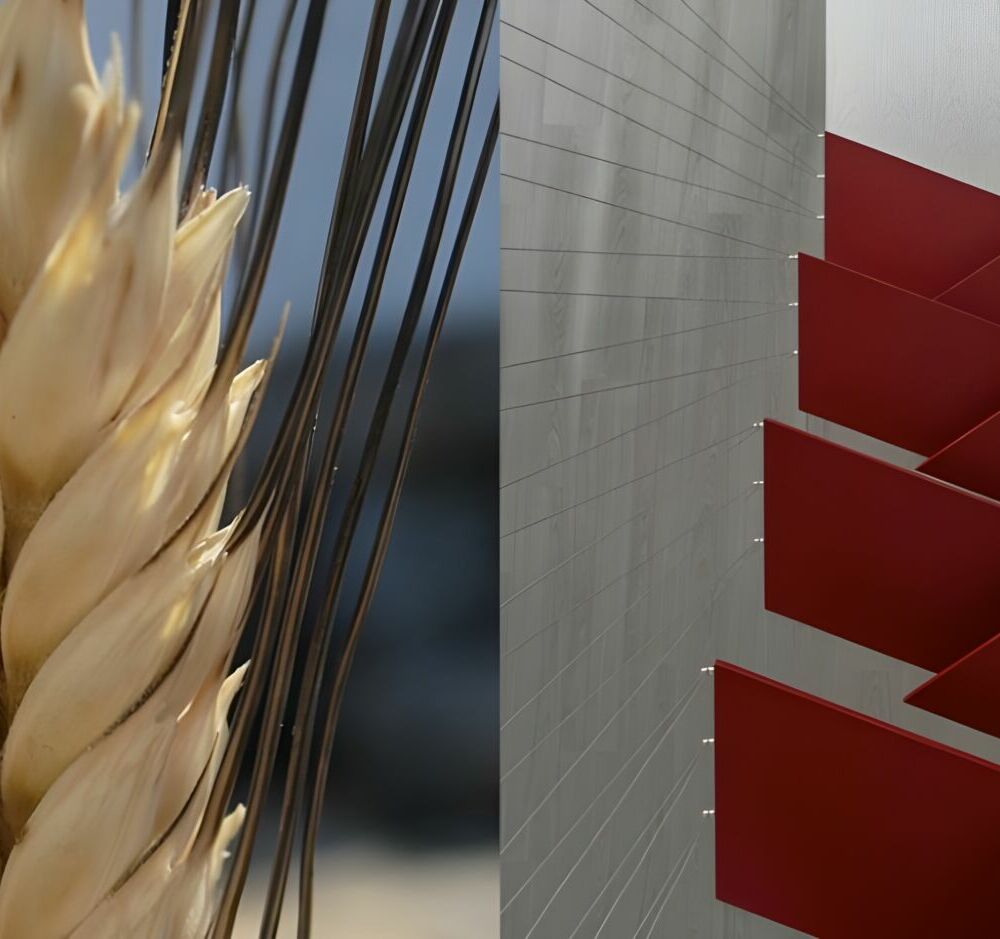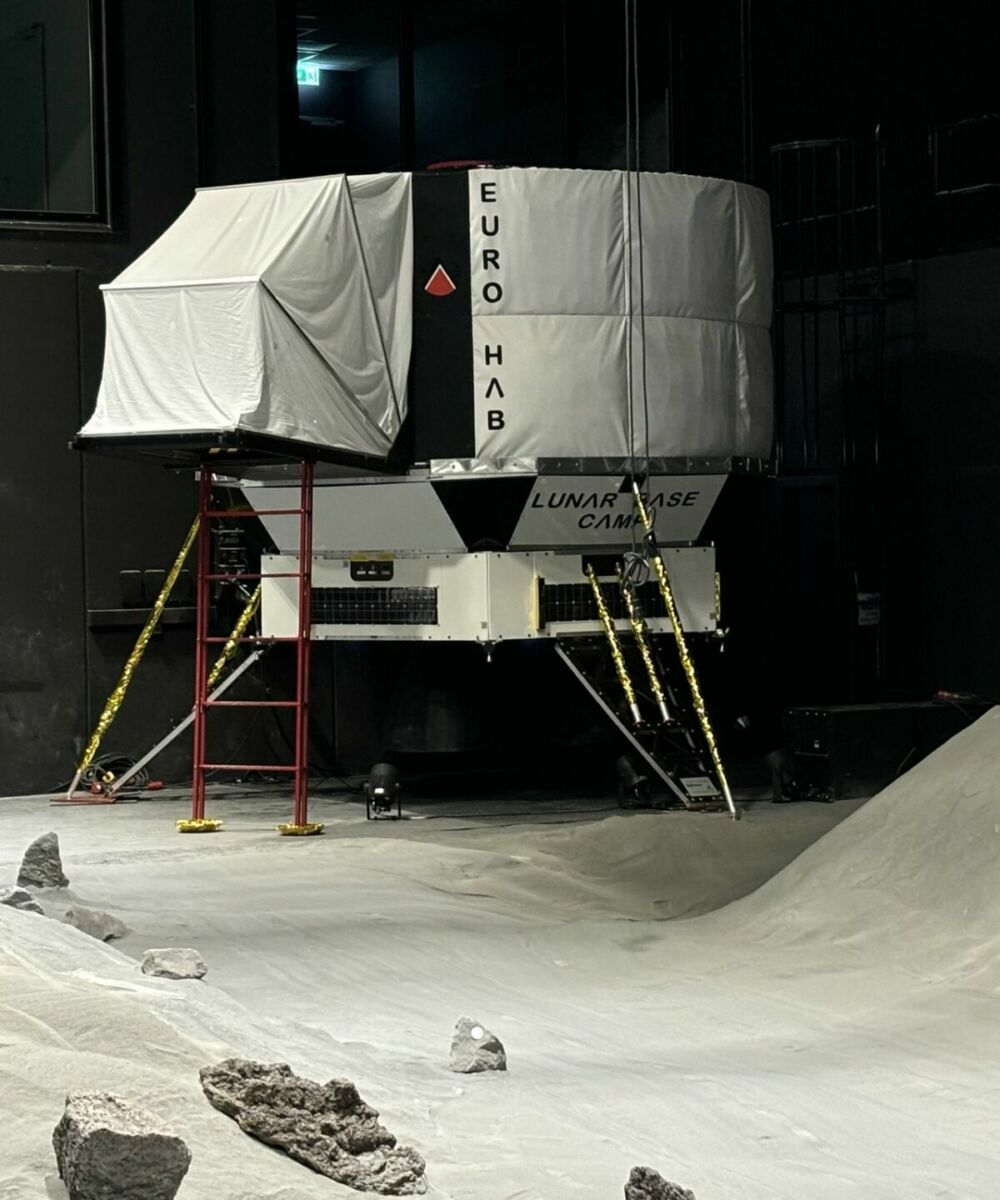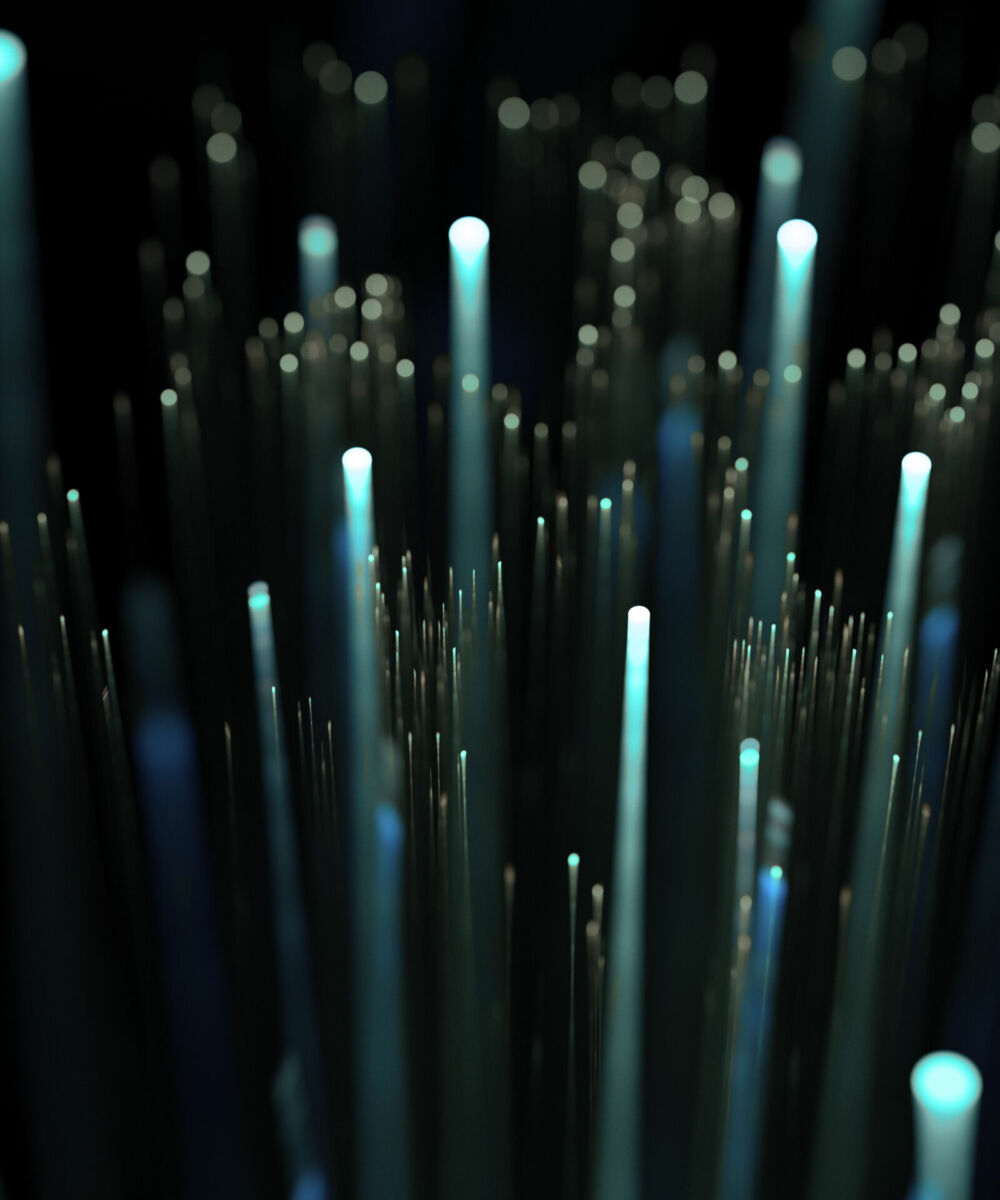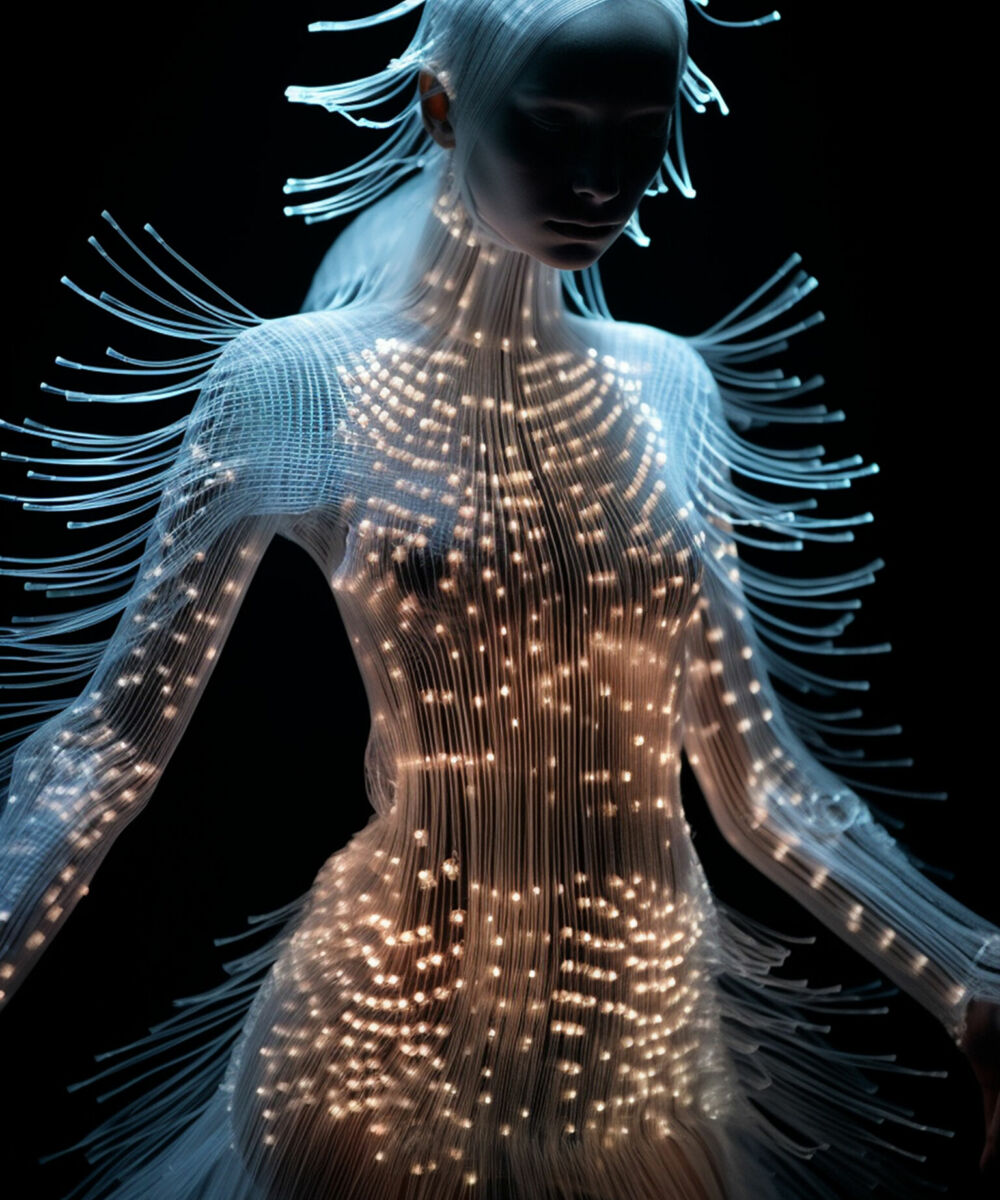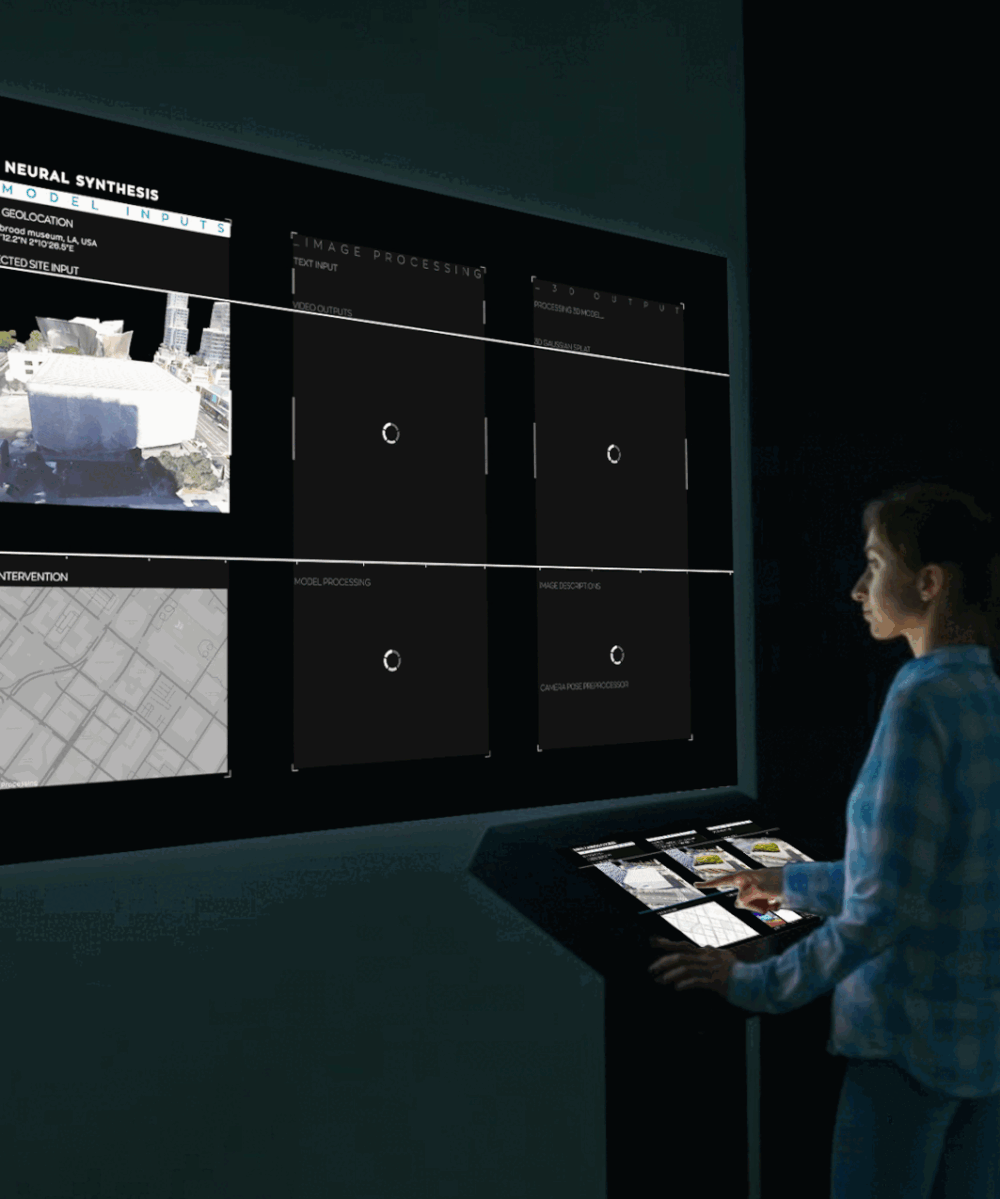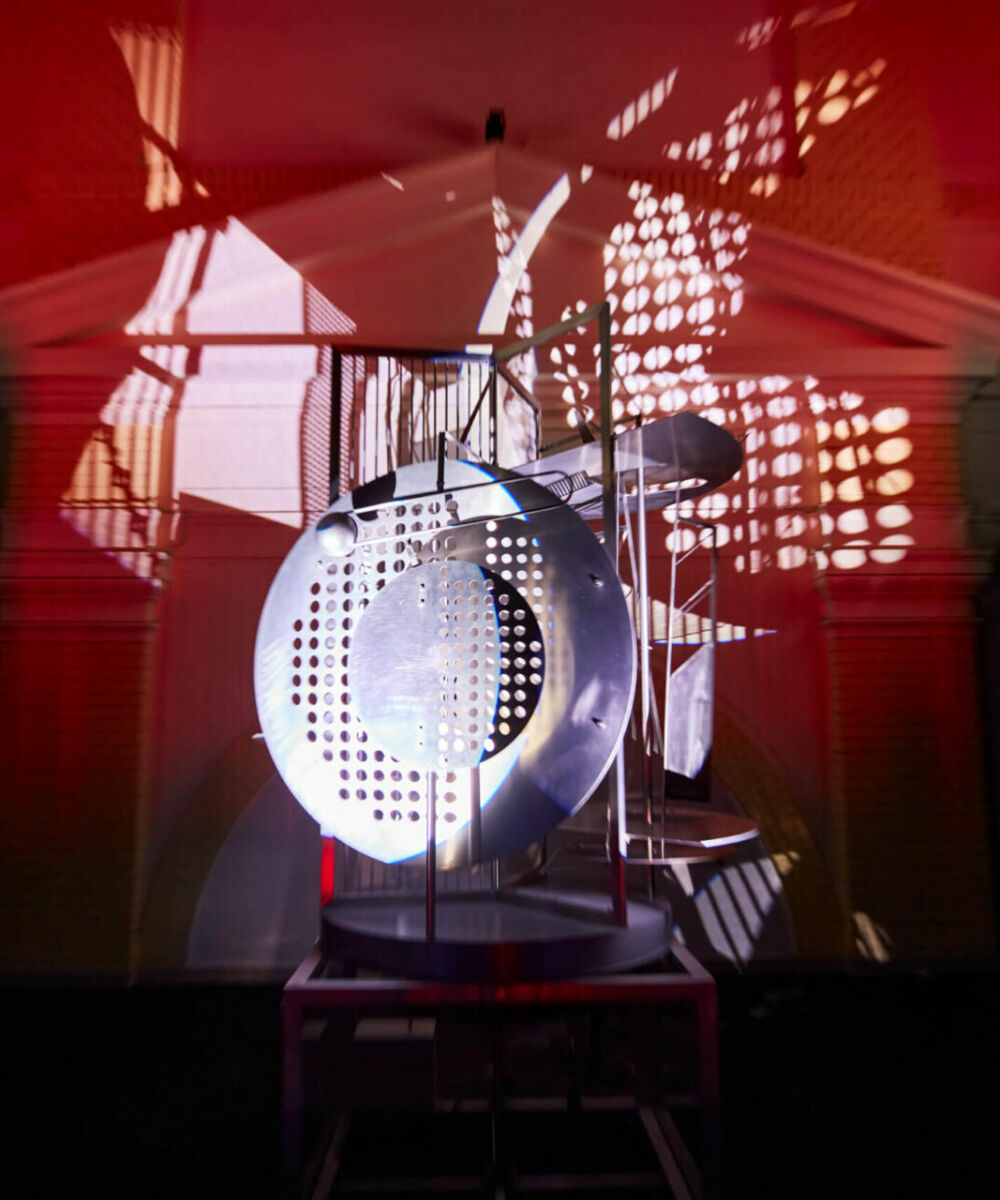José Antonio Carrillo Andrada is an Architect, Computational Food Designer, and Associate Professor of Architecture at the American University in Dubai (AUD). As a researcher, José is pursuing a PhD in artificial intelligence, computational design and digital fabrication, focusing on the intersection of architecture and gastronomy. He serves on the editorial committee for the UOU Scientific Journal of Architecture and was the editor of its fourth issue, Gastrotecture, on his doctoral research. José collaborates with scientists, chefs and brands on multi-scale projects that range from architectural interventions and interior design to gastronomic experiences and food innovation. As an educator, he founded and has directed @archEatable since 2018, an interdisciplinary project dedicated to teaching design and fabrication techniques adapted from architecture to gastronomy. He has conducted numerous workshops and trainings on Rhinoceros, Grasshopper and Computational Food Design. As a speaker, José has contributed to conferences and forums such as Foodture Barcelona, GastroInnova Canarias, the Food Design Festival Madrid, eFood and PA Parametric Academy. His work has been exhibited at international architecture and art fairs, including the Venice Architecture Biennale, Art Dubai, and the Sikka Art and Design Festival.
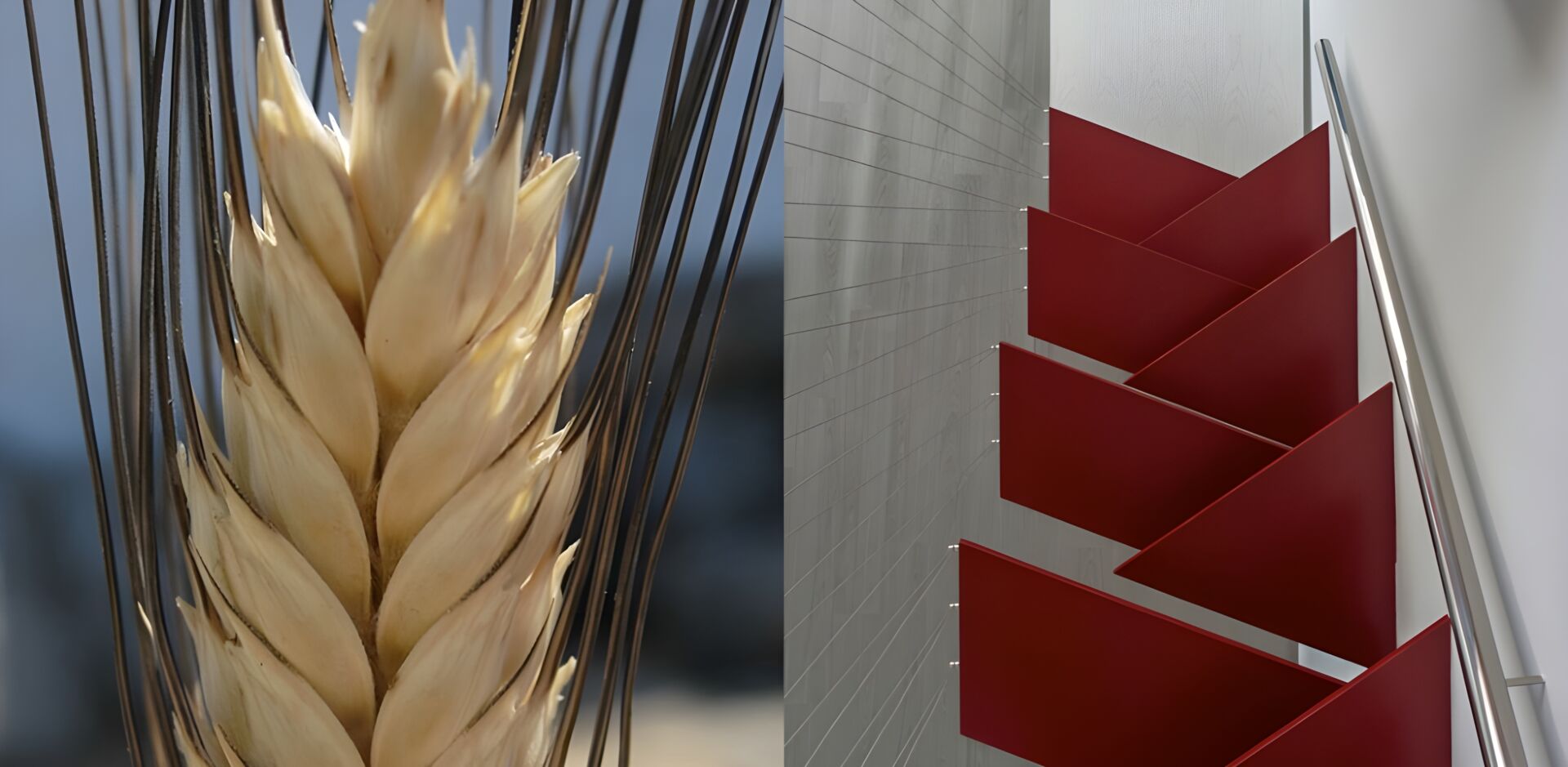
Biomimicry can be described as the emulation of time-tested strategies and designs found in nature to solve human challenges. Biomimicry encourages designers and engineers to look to nature as a model, measure and mentor to develop solutions that harmonize with the environment. I experienced this firsthand when designing the Wheat Ear Staircase, a project that arose from a real spatial challenge. A penthouse with a 1.90 x 1.90-meter slab opening was intended initially for a spiral staircase. However, a conventional spiral staircase would have been visually intrusive, obstructing the connection between the open kitchen and the living room. To maintain an open flow between these spaces, the client requested a single-flight staircase along the wall, designed to be as unobtrusive as possible. The goal was to create a functional staircase that integrates effortlessly into the kitchen and living area while fitting within the tight 1.90-meter run. Looking for inspiration beyond traditional architectural solutions, I turned to nature, specifically the structure of wheat grains. Studying their geometry revealed two key insights: first, angling the edges of the steps, much like the tilt of wheat florets, could optimize space, and second, overlapping the steps, mimicking the layering of grains, would allow for a more compact yet comfortable use. Through geometric analysis, I refined the step angles, increasing them incrementally by 6 degrees until the tread depth in the central zone reached a comfortable 28 centimeters. The final touch was the railing, designed to resemble the delicate awns extending from wheat ears. Beyond aesthetics, this element reinforced the feeling of stability despite the staircases unconventional form. The design was selected as a Finalist at the BIOMIMICRY Design Competition, organized by ELEVEN Magazine in 2017.
The Art of Taste exhibition combines architecture, biology, artificial intelligence and gastronomy. Presented at the Sikka Art and Design Festival 2024 in Dubai, the exhibition showcased the fusion of computational design with culinary arts, highlighting how technology can revolutionize food experiences. The event featured interactive installations and edible designs, offering visitors a multisensory journey that reimagined the future of culinary art through the lens of AI-driven design innovation. The study presented an integrative approach that merged the complex biological properties of five edible mouldsAspergillus oryzae, Aspergillus sojae, Aspergillus luchuensis, Aspergillus luchuensis var. awamori, and Penicillium roquefortiwith advanced design methodologies and processes. The taste and texture profiles associated with these moulds, informed the creation of AI-driven culinary artifacts. These artifacts encompassed cutlery, tableware, edible items, furniture and spatial designs, all aimed at enhancing the sensory experience of food.? The AI-generated designs featured uneven, tactile surfaces that blended the structural patterns of the moulds with their corresponding textures. The primary objective was to redefine the gastronomic experience by introducing bio-inspired design as a foundation for future phygital (physical-digital) food systems that engage in a dialogue with the environment and society. Additionally, the proposed spaces were tested through immersive virtual reality simulations to assess spatial configurations as a preliminary step toward prototyping. Subsequent phases of the project will involve digital fabrication, utilizing a workflow that combines AI image-to-3D modeling and parametric design tools, ultimately leading to a fully integrated phygital multisensory food experience.
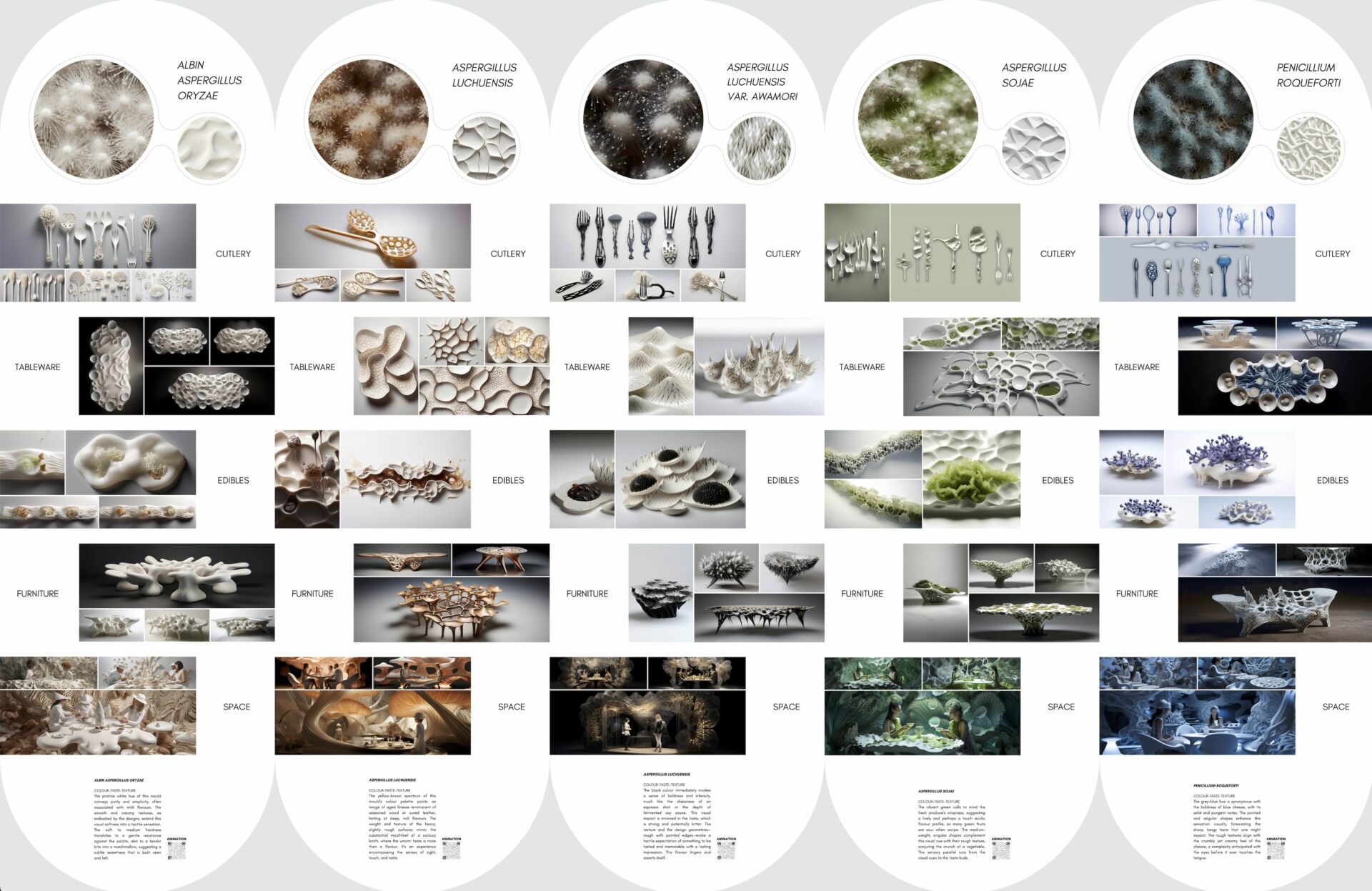

On the one hand, I am integrating AI to analyze complex biological patterns and processes, which inspire innovative culinary designs that mimic natural forms and functions. On the other hand, computational design and fabrication tools have enabled me to bring to reality intricate food structures and experiences that are both aesthetically pleasing and functional. For example, in the study “The Taste of Textures: Artificial Intelligence Driven Gastronomic Design and Crossmodal Correspondences in Living Art,” AI-assisted conceptualization and computational design were used to generate unique flavor-related textures, enhancing a multisensory bio-art dining experience. Artificial intelligence, particularly Generative AI and Diffusion Models, has become an essential tool in my processes, informing the conceptualization of biomaterials-inspired applications in gastronomy, allowing for rapid iteration and unexpected design solutions that might not emerge through traditional design workflows. In my current research, Generative AI functions not as a replacement for human creativity but as a co-creator. In The Art of Taste, for example, the workflow began with defining key biomaterial characteristics such as growth patterns, structural properties and aesthetic features, which AI then translated into design concepts that informed the visual and functional aspects of food-based structures. This method was particularly valuable when integrating biomimicry into food design, where efficiency, sustainability and sensory engagement must be considered simultaneously. Beyond conceptualization, AI also plays a critical role in predictive modeling and material behavior optimization, areas traditionally dominated by empirical experimentation. I use machine learning algorithms to analyze large datasets to anticipate material properties, such as biocompatibility and degradation rates, reducing the need for extensive experimental trials. This aligns with the principles of material efficiency in natural systems, where form, function and material are inseparable and respond dynamically to environmental conditions. Historically, pioneers like Frei Otto and Antoni Gaudí relied on biomimicry through manual modeling and geometric principles to enhance material efficiency. Today, computational tools expand upon these approaches, enabling us to integrate AI-driven methodologies into gastronomy and design. Bridging nature, computational creativity and material science helped me explore new possibilities for designing food experiences that are inspired by biological processes and also optimized through AI-driven workflows, sustainability-focused material selection and enhanced structural performance. Ultimately, this intersection of disciplines and methods opens up a new frontier in gastronomy where food is not only consumed but experienced as an interactive, sensory and adaptive entity that evolves in response to its environment, just as biological systems do.
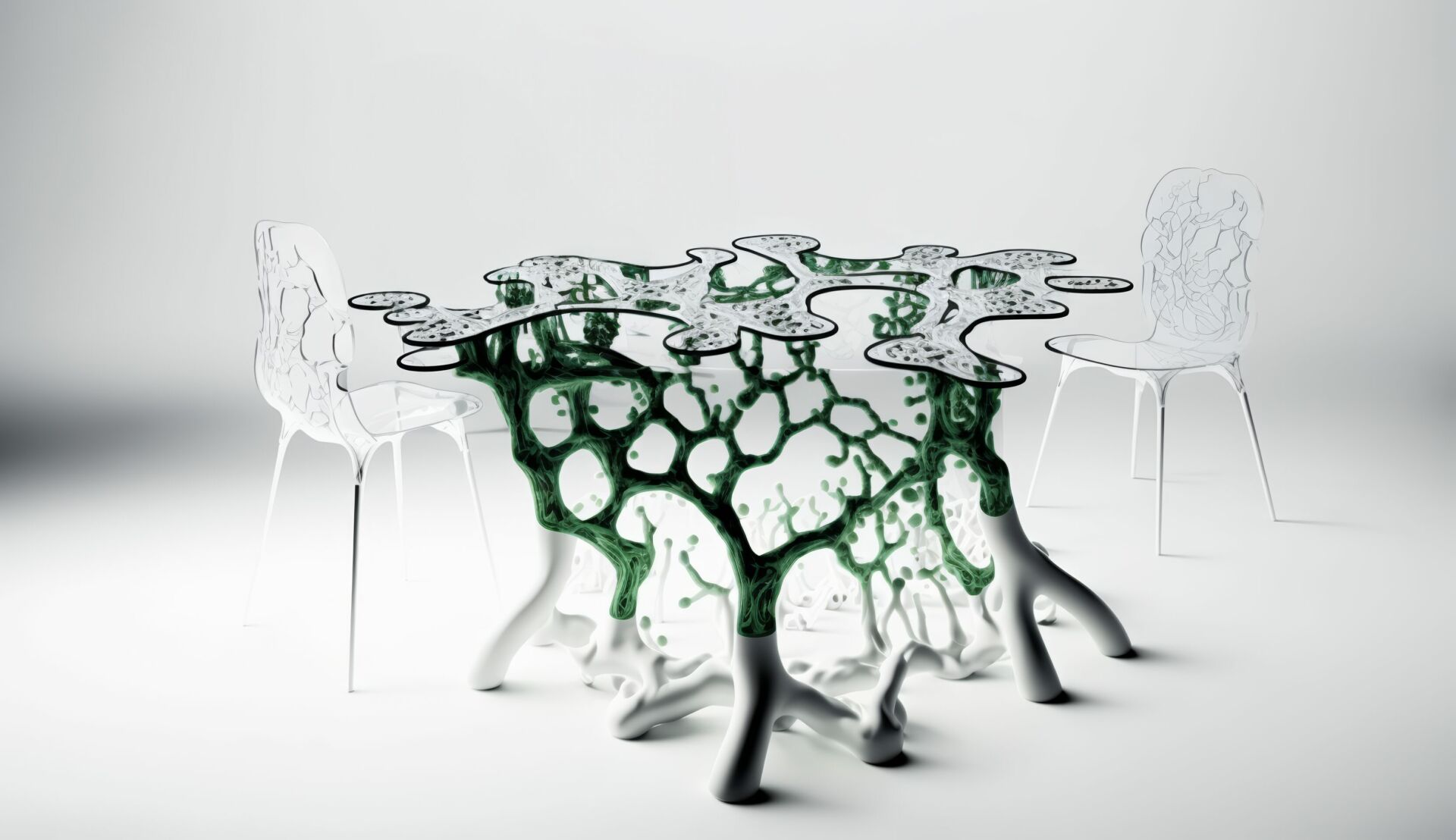
Traditionally, architecture has relied on empirical observation and iterative modeling; however, AI has introduced new capabilities, enabling designers to analyze, optimize and fabricate complex structures with unprecedented speed and precision. AI-driven generative design processes allow for rapid visualization, simulation and optimization. Furthermore, Computational Design methods facilitate real-time iterations and adjustments ensuring that architectural elements respond dynamically to changing conditions, much like biological systems adapt to their surroundings. The synergy between AI and Computational Design bridges the gap between digital workflows and sustainable fabrication, fostering adaptive and regenerative design principles. Machine learning algorithms can now predict material properties, such as load-bearing capacity, degradation rates and biocompatibility, reducing the dependency on extensive physical prototyping. Techniques such as topology optimization and AI-driven parametric modeling refine structural integrity while minimizing material waste, reinforcing efficiency in construction. Beyond form and materiality, AI extends into responsive and adaptive architecture. Smart building systems, driven by AI, incorporate sensors and real-time data analytics to regulate climate control, lighting and energy efficiency that can mirror the adaptive behaviors found in natural ecosystems. This aligns with the growing discourse on biophilic and regenerative design, where architecture is not a static construct but an evolving, living system. While some perceive AI as a challenge to human creativity, its role in contemporary architecture is more accurately described as augmenting and expanding human ingenuity. It offers a paradigm shift from linear, deterministic design processes to one that is iterative, exploratory and symbiotic with natural principles.In this way, AI is not merely a tool but a catalyst for the transformation of architecture into a more sustainable, intelligent and ecologically integrated discipline.
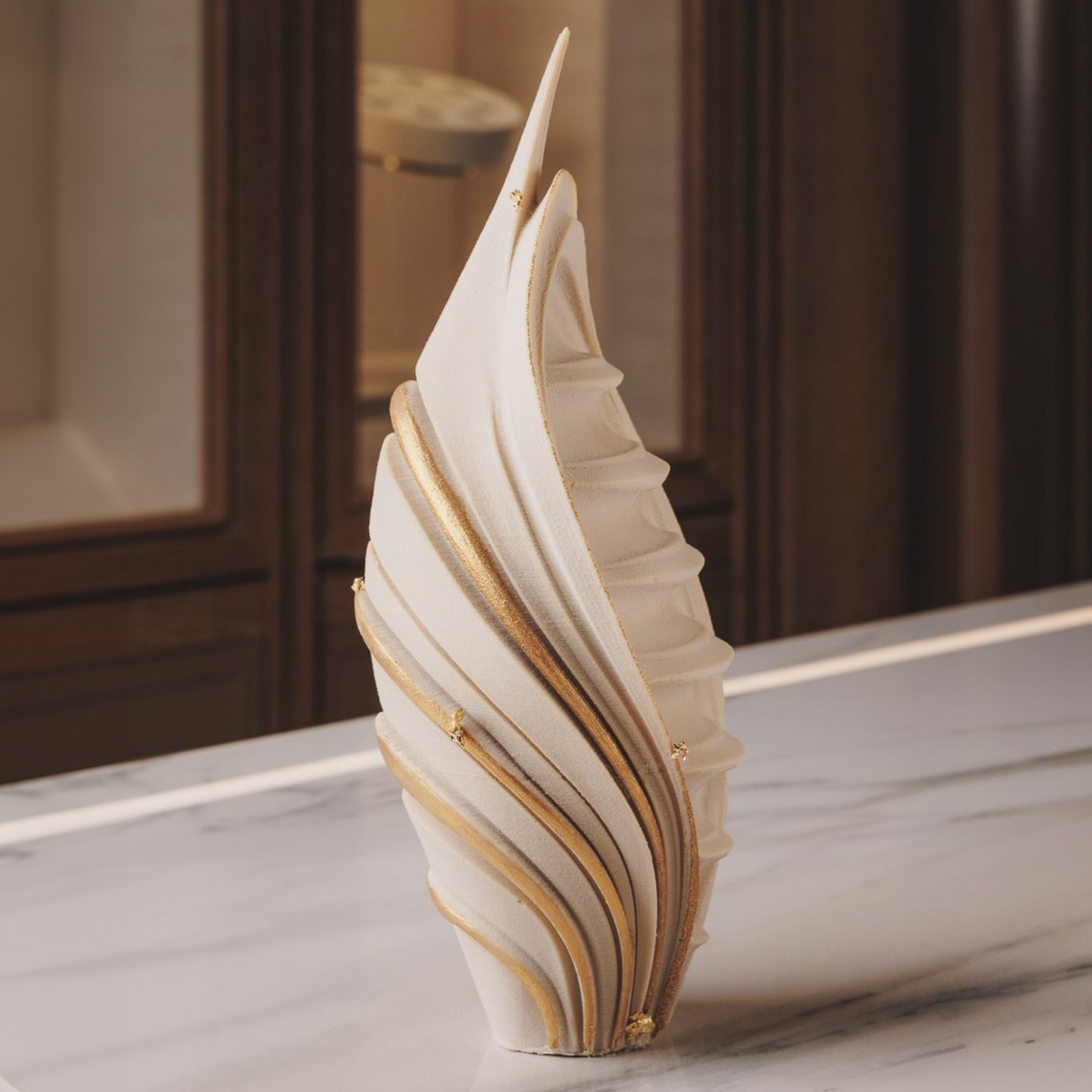
José Antonio Carrillo Andrada is an Architect, Computational Food Designer, and Associate Professor of Architecture at the American University in Dubai (AUD). As a researcher, José is pursuing a PhD in artificial intelligence, computational design and digital fabrication, focusing on the intersection of architecture and gastronomy. He serves on the editorial committee for the UOU Scientific Journal of Architecture and was the editor of its fourth issue, Gastrotecture, on his doctoral research. José collaborates with scientists, chefs and brands on multi-scale projects that range from architectural interventions and interior design to gastronomic experiences and food innovation. As an educator, he founded and has directed @archEatable since 2018, an interdisciplinary project dedicated to teaching design and fabrication techniques adapted from architecture to gastronomy. He has conducted numerous workshops and trainings on Rhinoceros, Grasshopper and Computational Food Design. As a speaker, José has contributed to conferences and forums such as Foodture Barcelona, GastroInnova Canarias, the Food Design Festival Madrid, eFood and PA Parametric Academy. His work has been exhibited at international architecture and art fairs, including the Venice Architecture Biennale, Art Dubai, and the Sikka Art and Design Festival.

